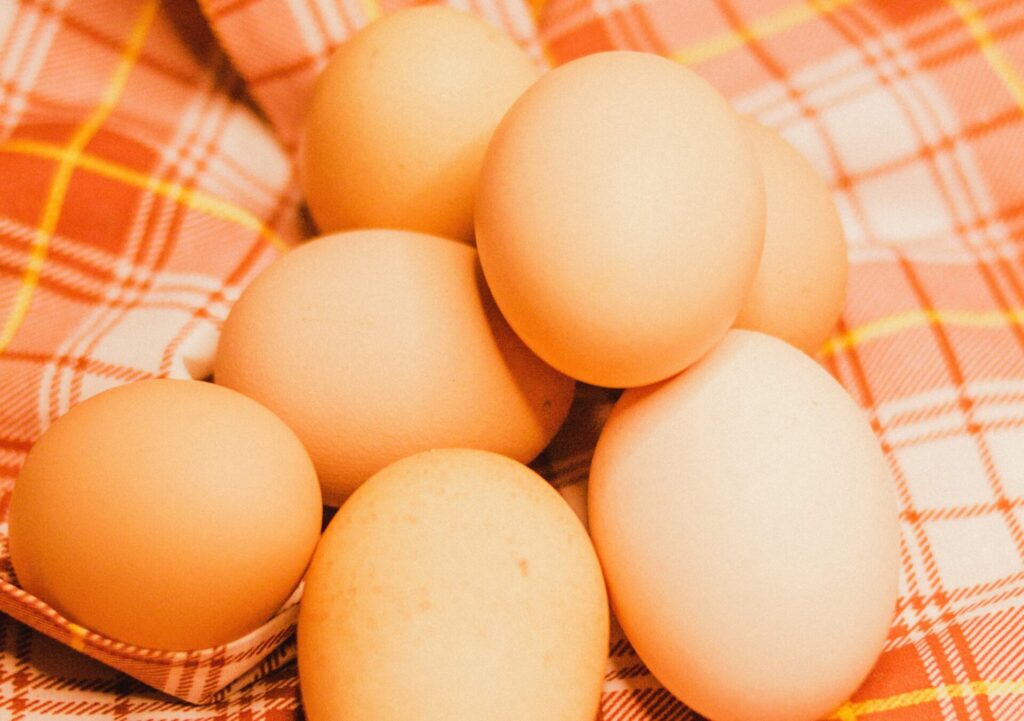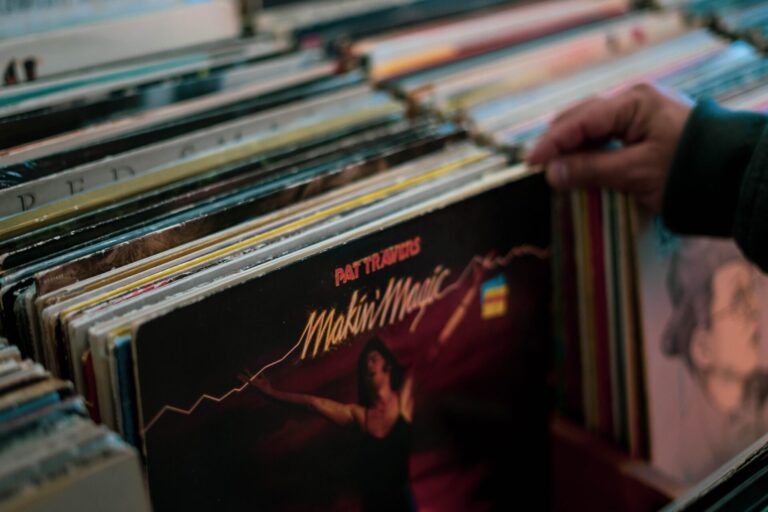Eggstraordinary Influence: Taylor Swift and the Market
Taylor Swift. We all know her, we all love her. This woman is a total goddess. She has made various accomplishments over the years. If you’re anything like me, a.k.a. SWIFTIE! You have probably heard all her albums, seen her interviews, and karaoke to her songs occasionally. She debuted at the tender age of 17 in 2006 with her first ever title, “Tim McGraw” which was a hit. Obviously.
She is the most versatile singer-songwriter with a huge influence over the music industry in the 21st century. I can go on and on about her achievements, all the awards she won, and all her feats. However, that is a conversation for a separate time. This blog will indulge in a different aspect of Taylor Swift altogether.
In the most recent Grammy Awards which was hosted by Trevor Noah, he asked Taylor Swift in one of his bits to request Swifties to lower the price of eggs, and so she did.
Chicken or The Egg?
For millions of years, both modern humans and their hominid predecessors have eaten eggs. The most often eaten eggs come from poultry, particularly chickens. By 1500 BCE, people in Southeast Asia were collecting chicken eggs for sustenance. Even though they are consumed far less frequently than chicken eggs, eggs from other species like ducks and ostriches are frequently consumed. The eggs of fish, amphibians, and reptiles are also edible. Roe or caviar are the names for the fish eggs that are eaten.
The mass production of chicken eggs is a worldwide enterprise that involves raising chickens and other egg-laying animals. With a total laying flock of around 6.4 billion chickens in 2009, the globe produced an estimated 62.1 million metric tonnes of eggs. In addition to the ongoing discussions over mass manufacturing techniques, there are concerns with regional variations in demand and expectation. The European Union outlawed keeping hens in cages in 2012.
Egg-onomy!

In 2022, there were 92.6 billion table eggs produced in the US, a 3% decline from 2021. At the end of 2022, the United States had 308 million commercial laying hens, a 4.5% decrease from 2021. In 2022, the daily egg production per 100 layers was 82 on average. Each laying hen lays 300 eggs annually on average.
Since 2000, the amount of eggs consumed per person has increased by 4.8%. The amount of eggs consumed per person in the United States is calculated as total egg production divided by the country’s population. It doesn’t indicate demand. The predicted decline in per capita consumption in 2022 can be ascribed to lower output as a result of problems with highly pathogenic avian influenza (HPAI).
More than half of the 261 million eggs produced in 2022 were sold as shell eggs through retail establishments. More than one-fourth of the eggs produced were further processed to create goods for the restaurant industry, manufacturing, retail, and export. Less than 160.8 million (table eggs plus egg products in shell egg equivalent) eggs will be exported in 2022, meaning that the great majority of eggs produced in the United States are consumed domestically.
According to the U.S. Bureau of Labor Statistics, the average consumer spent a record $4.25 for a dozen big Grade A eggs in December. From $1.79 one year ago, the price had more than doubled. In the U.S. economy in 2022, egg prices increased more quickly than practically any other good or service.
Did They or Did They Not?
Here’s why Swifties didn’t exactly have the strings of the egg market in their hands.
There was a fatal and unprecedented avian flu outbreak in the United States, which is mostly to blame for the high price of eggs. Poor birdies! Since February 2022, the illness has claimed the lives of more than 44 million hens that lay eggs. Imagine this as a very contagious and fatal flu but for chicken.
Outbreaks lasted all year, which is unusual because they generally fade by summer. The supply shock occurred during the peak seasonal demand period of the winter holidays. Lower supply combined with increased demand resulted in higher prices. Higher animal feed, labor, and transportation expenses also played a role, as they do in overall food inflation.

Even before Noah requested Swift’s intervention, there were signs that price pressures were diminishing.
The wholesale egg price, which is the price supermarket chains and other retailers pay for their supply, has fallen dramatically (by more than 50%) from its peak in mid-December. Since December, there have been no new verified cases of avian flu among commercial table-egg farms, giving suppliers time to recuperate. According to the US Department of Agriculture, consumer demand has also decreased as a result of the high pricing. Price movements in the wholesale market generally take several weeks to filter down to the retail market for consumers. So maybe, Swifties didn’t exactly impact the eggs economy, and the two events just coincidently lined up.
At Last
Regardless, it is astounding how the influence of an individual in a totally different industry with a completely unrelated work of line can control the flow of business in another. It is flabbergasting yet borderline petrifying how the singer could just ask a bunch of crazy teenage girls, and they would willingly listen to Mother Swift (me being one of them). Such influence over the youth can be used in such a manner that would help further the country’s development. This is what politicians and other leaders lack. The power of inveigling the younger generation. They tend to not be able to connect with the current times and are unable to grasp the attention of the young minds. Perhaps writing songs and releasing albums is the way to do it. I think the people running our government have a lot to learn from Taylor Swift. Maybe Taylor Swift could be the next president, who knows?








